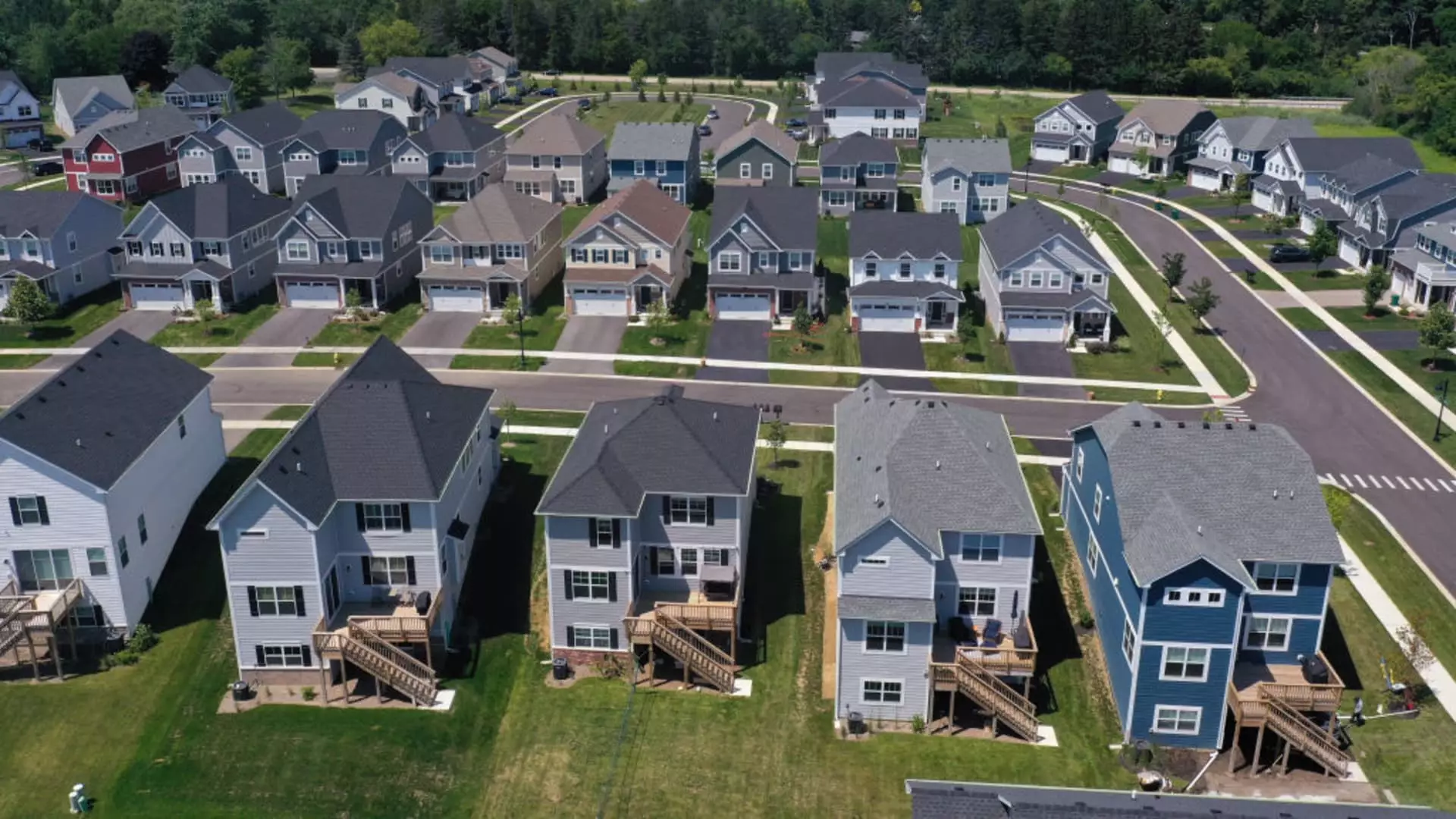The recent decrease in mortgage interest rates to the lowest level since May 2023 has caused a significant surge in mortgage demand from both homebuyers and current homeowners. This surge has led to a 6.9% increase in total mortgage application volume compared to the previous week, reaching the highest level since January of this year. The average contract interest rate for 30-year fixed-rate mortgages with conforming loan balances ($766,550 or less) declined to 6.55% from 6.82%, resulting in an increase in mortgage applications.
Refinancing Activity
Applications to refinance a home loan, which are most sensitive to weekly rate changes, jumped 16% for the week and were 59% higher than the same week one year ago. However, despite the significant percentage increases, these numbers are still coming from a very small base. The majority of borrowers today have loans with rates below 5%, leaving less than 1 million borrowers who can benefit from a refinance and reduce their current rate by at least 75 basis points.
Applications for a mortgage to purchase a home only increased by 1% for the week, but were still 11% lower than the same week one year ago. The increase in conventional purchase applications was offset by decreases in government purchase applications. This trend could potentially be due to for-sale inventory gradually increasing in some parts of the country, leading homebuyers to bide their time in anticipation of lower rates.
Mortgage rates fell further at the beginning of this week, following a stock market rout on Monday. However, they rose sharply on Tuesday after some positive economic data was released. The fluctuation in rates can be attributed to the bond market’s influence on extreme rate levels, leading to quick moves in daily mortgage rates following shifts in long-term highs.
Overall, the recent decrease in mortgage interest rates has had a significant impact on both homebuyers and homeowners. The surge in mortgage demand and increase in refinancing activity reflect the responsiveness of borrowers to fluctuating rates. However, the longevity of this trend remains uncertain as market instability and rate fluctuations continue to play a role in shaping the mortgage landscape.

